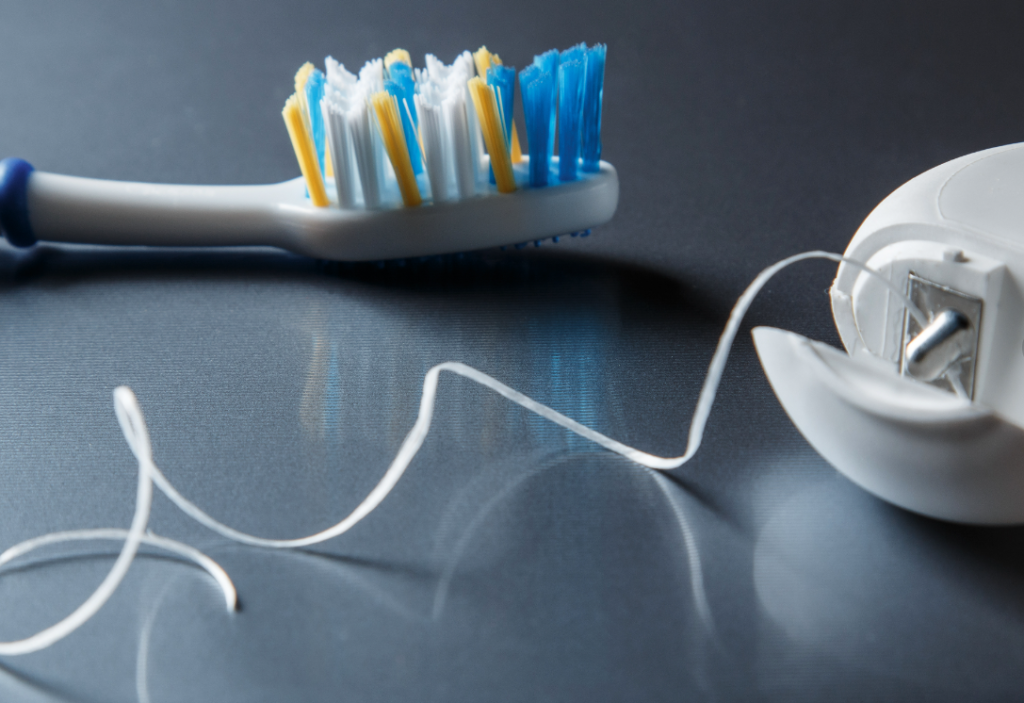How Often Should You Floss? Flossing is an essential part of maintaining good oral hygiene. It helps remove food particles and plaque from between the teeth and below the gumline, where a toothbrush cannot reach. But how often should you floss? In this article, we will explore the importance of flossing and provide insights into how often you should do it.
Why Is Flossing Important?
Brushing alone cannot remove all the food particles and plaque that accumulate in your mouth. When you eat, small bits of food often get stuck between your teeth and gums, providing a perfect breeding ground for bacteria. Over time, these bacteria can cause tooth decay, gum disease, and bad breath.
Flossing helps to remove these food particles and plaque before they can cause any serious dental problems. Daily flossing also helps reduce inflammation in the gums, keeping them healthy and less prone to bleeding or infection.

How Often Should You Floss?
The American Dental Association (ADA) recommends flossing at least once a day. However, some people may need to floss more frequently depending on their individual needs. For instance, if you have braces, you may need to floss after every meal to prevent food from getting stuck in the wires and brackets.
Similarly, if you have crowded teeth or tight spaces between your teeth, you may need to floss more often to remove all the debris. On the other hand, if you have wider gaps between your teeth, you may not need to floss as often.
It’s important to note that flossing too frequently can also be harmful to your oral health. If you floss too aggressively or use a sawing motion, you may damage your gums and cause them to bleed. Therefore, it’s crucial to floss gently and use a back-and-forth motion to remove the plaque and debris.
Tips for Effective Flossing

To get the most out of your flossing routine, here are some tips to keep in mind:
- Use Enough Floss: Cut off about 18 inches of floss and wind it around your fingers, leaving a few inches in between to work with.
- Glide Gently: Slide the floss between your teeth using a gentle back-and-forth motion. Do not snap or force the floss.
- Curve Around the Tooth: Curve the floss around the base of each tooth, making sure to go below the gumline.
- Use a Fresh Section: Use a new section of floss for each tooth to avoid transferring bacteria from one area to another.
- Rinse Your Mouth: After flossing, rinse your mouth with water or mouthwash to remove any remaining debris.
Conclusion
In summary, flossing is an essential part of maintaining good oral hygiene. The ADA recommends flossing at least once a day to remove food particles and plaque from between your teeth and gums. However, some people may need to floss more frequently depending on their individual needs.
To get the most out of your flossing routine, be sure to use enough floss, glide gently, curve around each tooth, use a fresh section, and rinse your mouth afterward. By following these simple steps, you can keep your teeth and gums healthy and prevent dental problems in the future.

